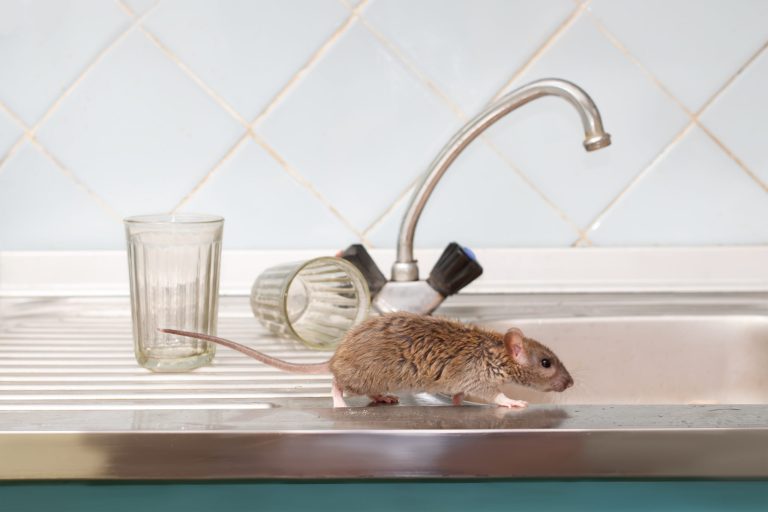Discovering a mouse in your house can be upsetting. However, this could mean there may be more of them nearby. Mice are resourceful creatures. They constantly seek sources of food, water, and warmth. Sadly, they can find these in your home. So, if you are a homeowner in Rowlette, you should educate yourself about the most common hotspots where mice gather. This may help you take measures against infestations. Also, you know when it is time to hire a pest control company.
Romney Pest Control combines top-of-the-line treatments with personalized customer care. Since 2002, founder Greg Romney has provided quality pest control to communities across Texas. Romney takes pride in having licensed technicians who undergo background checks and deliver reliable service. Below are common hiding spots for mice in homes:
Kitchens and Pantries
Food is a primary motivator for mice. Thus, kitchens and pantries can be their favorite destinations. They can be drawn to such places if they can find crumbs on the floor or food stored in unsealed packaging. Also, even grease buildup near stoves attracts them.
Basements and Crawl Spaces
Mice prefer these locations because they are dark, less disturbed, and often damp. Crawl spaces provide easy access points through small cracks or vents. Mice use insulation for nesting and can travel up into the rest of the home through gaps in the subfloor or utility lines.
Attics and Rooflines
Mice enter through gaps in rooflines, soffits, and vents. Then, they settle in the insulation. Attics give them a quiet environment, away from human activity. They will build nests and breed here. You might only know there are mice in your attic or roofline if you hear scratching sounds at night or see droppings near access points.
Garages and Sheds
Garages and sheds offer both shelter and a variety of nesting materials. Mice can find cardboard boxes, stored clothing, and pet food bags in these areas. These structures also have gaps under doors or around the foundation, making them easy to enter. Mice may move from garages into the main living areas of the home as they follow warmth and food.
Laundry Rooms
The warmth of laundry machines and the presence of water sources make laundry rooms a surprising hotspot. Mice often squeeze in through dryer vents or gaps around plumbing pipes. They tuck nests behind machines where the heat provides comfort.
Walls and Ceilings
Walls and ceilings can become hidden highways for rodent activity. Mice chew on insulation and wires. This can lead to expensive damage and fire hazards.
Under Sinks and Cabinets
Moisture and darkness combine to make the space under sinks ideal for mice. Leaky pipes provide a water source. The enclosed cabinet space gives them a sense of security. These areas often go unchecked for a long time, so you might only be aware of their presence if you notice droppings, gnaw marks, or shredded nesting material.
Around HVAC Systems
Furnace rooms and areas near heating or air conditioning systems often attract mice. The warmth from these units draws them in. Ducts may provide pathways to travel from one part of the home to another. Mice nesting near HVAC systems can also lead to poor air quality. They can spread allergens and contaminants through the ventilation system.
Outdoor Entry Points
Mice exploit outdoor hotspots before they set up camp indoors. They can get inside through overgrown shrubs near foundations, woodpiles stacked against the home, or gaps in siding. Regular inspection of the exterior is a homeowner’s best defense against these rodents.
Pet Food Areas
Mice are drawn to the same food your pets enjoy. Bowls left out overnight provide an easy meal. Also, open bags of kibble stored in garages or pantries invite unwanted visitors. Mice often chew through paper or thin plastic packaging, contaminating food supplies in the process. Keeping pet food in sealed containers and picking up leftover food promptly helps reduce this risk.


Comments are closed.